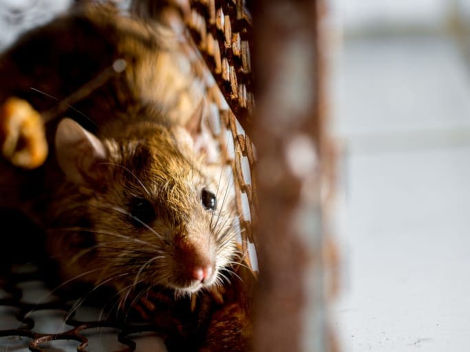When it comes to unwelcome guests, the common house mouse is one of the most persistent and flexible. Even though these tiny creatures aren’t very big, it’s amazing that they can live and grow in homes. In this blog post, we’ll talk about how amazing it is that mice have learned to live in homes.
Size: House mice are known for being small. Their length, including their tails, is usually between 5 and 7 inches. Because they are so small, they can fit through holes as small as a dime. This makes it easy for them to get into homes.
Ability to climb: Even though house mice are small, they are very good at climbing. They can easily climb up vertical objects and move around on flat ones. Because they can climb, they can get into many parts of your home, from the tables to the attic.
They can eat many different things: House mice are omnivores, which means they can eat many different things. If it’s available, they’ll chew on grains, seeds, fruits, and even meat. This ability to eat different things means that they can find food in a wide range of living situations.
Nighttime Behaviour: Mice are mostly nocturnal, which means that they are most busy at night. This helps them avoid people and other dangerous animals while they freely explore your home at night.
They have a lot of babies quickly: This is one of the hardest things about working with house mice. In just a few months, a single pair of mice can have dozens of babies. Their ability to have many babies quickly makes it possible for their people to do well in homes.
Sense of Direction: House mice are very good at finding their way. Once they set up a nest, they learn how to get around your house, which is like a maze to them. They don’t get lost and can easily find their way to food and back to their nests.
Instinct to build a nest: House mice are good at making nests. They use things like paper, fabric, and insulation to make warm, hidden houses. These nests are safe places for them to raise their young and hide from danger.
Efficient breathing: House mice have a special change in their breathing system that lets them live well in small places. They can live in places where there isn’t much air, like inside walls, attics, and crawl spaces.
Marking their territory: House mice are animals that mark their territory. They claim an area as their own with their pee and pheromones, which also tell other mice what’s going on. This behaviour helps keep the social order of your pets in your home.
Constant Biting: Mice have to chew on things all the time to keep their teeth from getting too long. This can damage the structure of your home because they will chew on things like electrical lines, insulation, and even wooden beams.
Even though house mice are small, it’s amazing how well they can adapt to living in people’s homes. Their size, ability to climb, ability to eat a wide range of foods, and ability to have babies quickly make them difficult houseguests. To avoid and deal with house mouse infestations, it’s important to use pest control methods that take into account how mice have changed over time. This means closing off all possible entry spots, keeping the area clean, and using traps and baits that work well. By knowing what these tiny intruders are good at and doing something about it, you can better stop them from making your house their home.
Offering high-quality, reliable, and affordable mouse control cobourg that are guaranteed to work to get rid of mice on your property.
